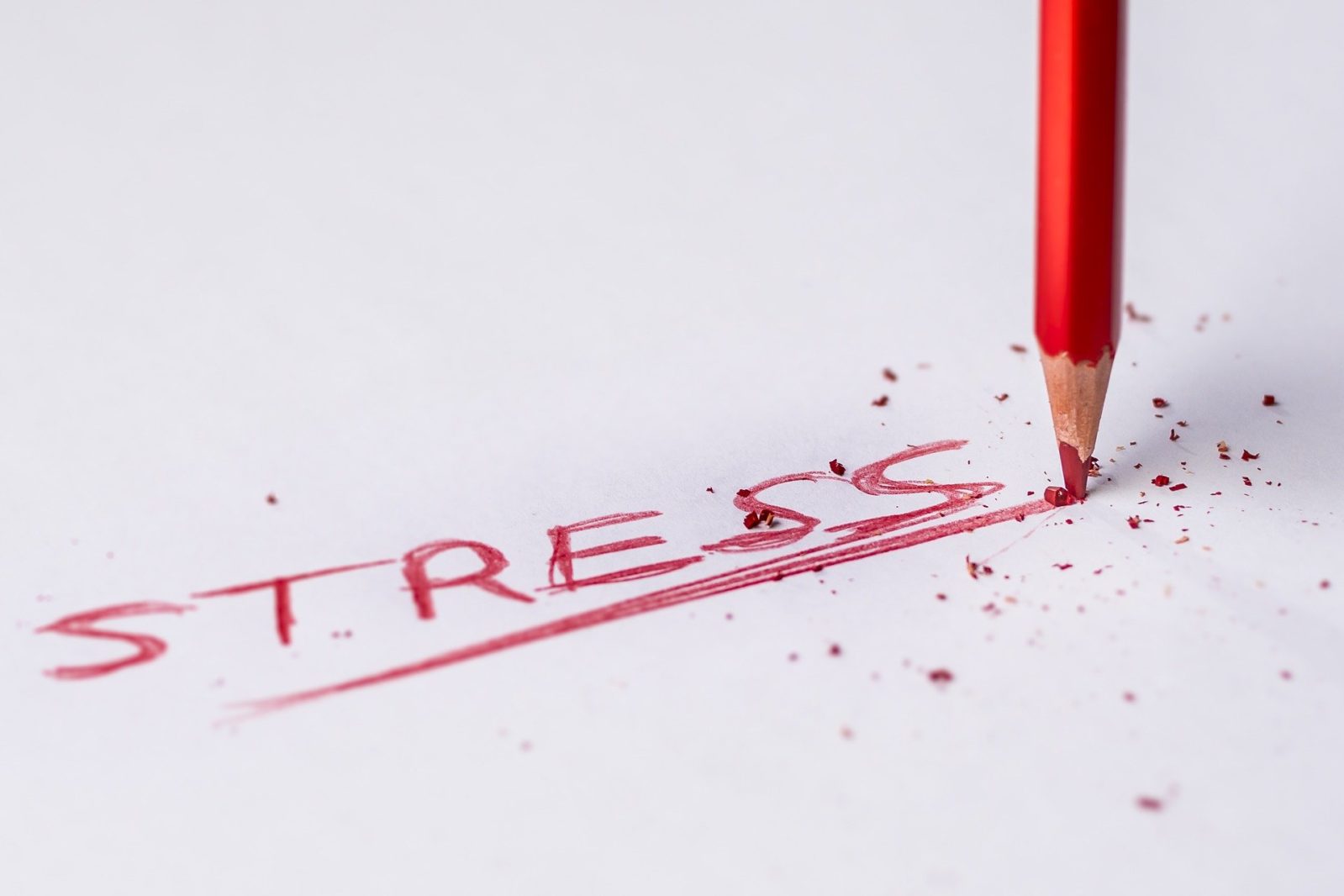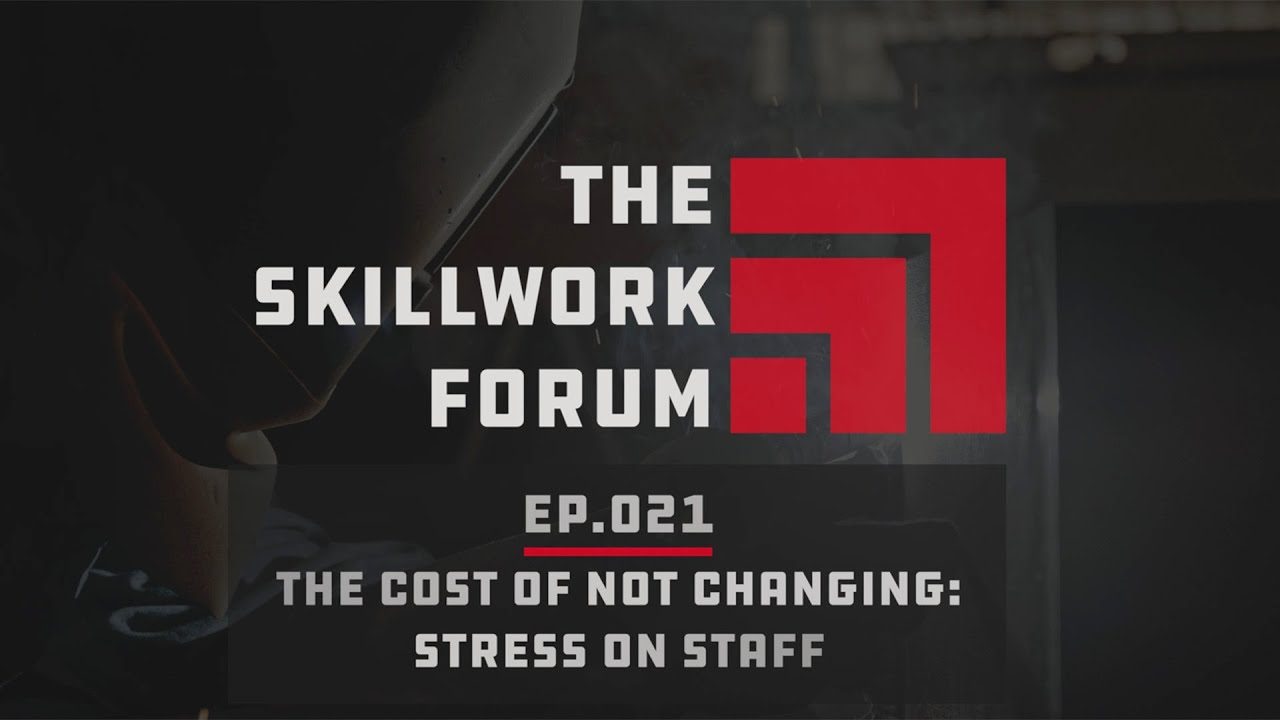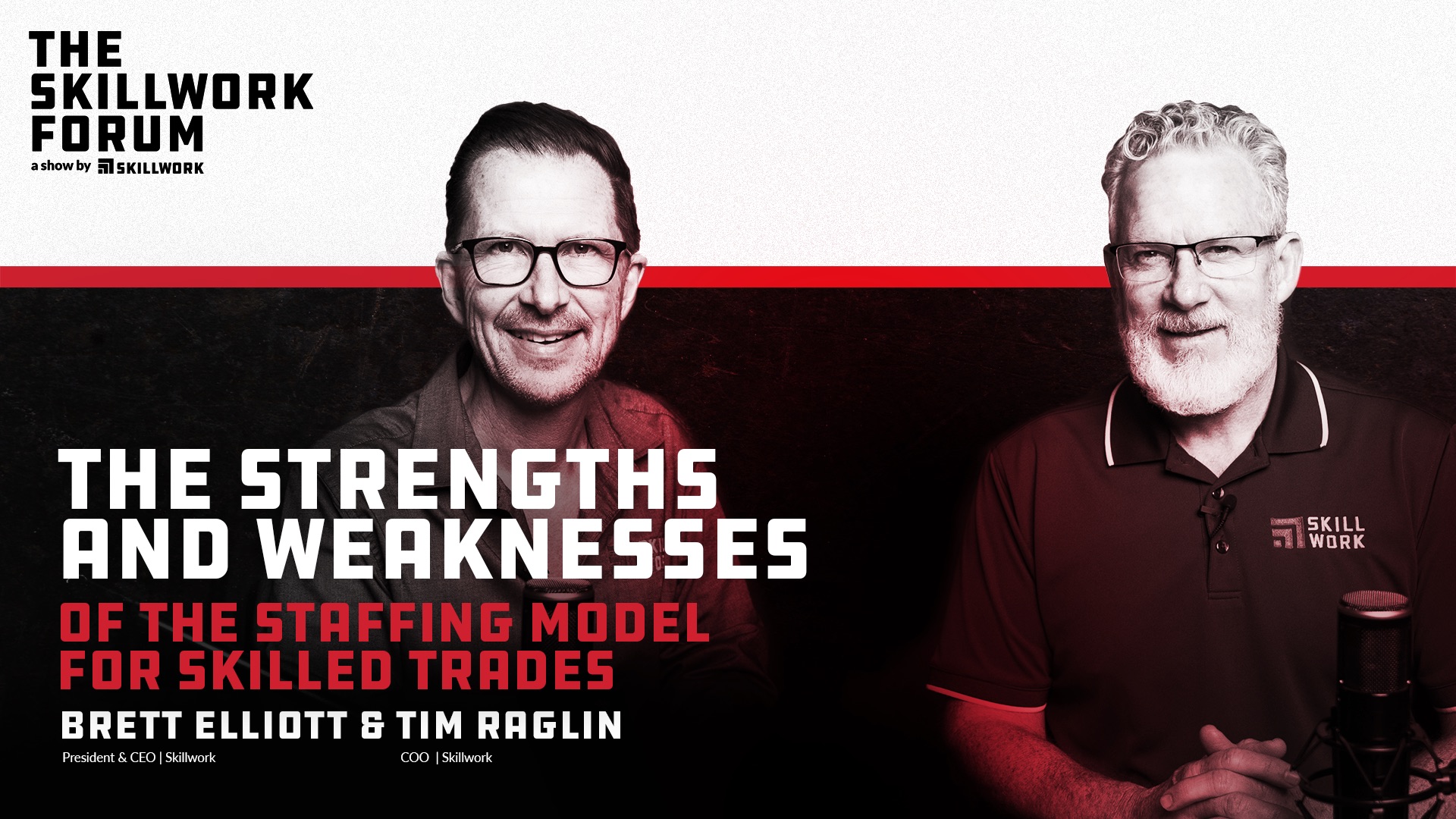The Cost of Not Changing: Pain of Stress on Current Staff

Change is hard.
As humans, we often do everything in our power to avoid change. But we need to consider the question: at what point does the pain of not changing cost more than the price of change?
In the skilled trade space, many companies are feeling the pain of not changing in a variety of ways. For some companies, the pain isn’t bad enough yet to motivate them to change their current approach. For others, like a newer client of ours that we’ll discuss in this article, the pain is so bad that they are about ready to tap out altogether.
This is the second installment of a six-part series on the costs of not changing for the trade industry: the pain current staff experiences by not having enough people on their team to get the job done. It creates an atmosphere of chronic stress which, if not addressed, will decrease the quality of your work, erode workplace culture, create more health-related issues or even burnout for your staff. A wise leader will assess the impact of stress on their workforce and is prepared to do something about it as needed.
At Skillwork, we want to see America’s trade industry succeed. Read on for an overview of the ways not changing can put stress on your staff and, what you’re really waiting for, how to fix it.
Being a “victim of your own success”: when increased business causes more problems for an organization
This construction company experienced a surge in demand directly related to COVID.
We recently met with a new client in the construction industry who worked in the essential business space. Unlike the many businesses struggling to survive in recent months, they had a surge in demand and could hardly keep up. When we met with them, we called them a “victim of their own success”. Their team wasn’t stressed because business was bad—quite the opposite.
They didn’t have the staff they needed to keep up and their team was exhausted.
When you think of a company experiencing tension, stress, or difficulty meeting deadlines, it’s easy to assume some failure in planning or management on their part. But for this organization, their challenges were a direct result of their “success”. When the workload increased practically overnight with COVID-related jobs, they didn’t have the skilled workers to get it done.
This company was nearly hopeless. They had an overwhelming amount of projects and no idea how they were going to get them done, because they couldn’t find the talent they needed. On top of having more work than their existing team could handle, they had some key individuals leave because the workload was too much. Their clients were threatening them and they were in despair without any idea of how it could get better.
Providing hope: how Skillwork was able to help.
We were able to meet with them and offer a solution: getting them the talent they needed to keep up with their workload through our national network of experienced workers. This alleviated some of the stress on their team right away—not only because they were able to get to work right away and take the pressure off the existing employees, but because of the hope it injected into their workplace culture.
Their employees saw that the leaders of the company recognized the extreme stress they were under and were doing something about it.
Stress on your current staff can be the most obvious pain point of not changing your hiring strategy
Being short-staffed can decrease the quality of your workforce (and therefore, your work).
When you don’t have or can’t find the people you need, you have no choice but to work your existing staff harder to meet deadlines. Workers can handle an increased workload in the short term, especially if they’re committed to a company that has taken care of them in the past. People are resilient—for a season.
The problems arise when that season has no end in sight.
What once was an undercurrent of excitement and pulling together as a team can quickly turn to chronic stress, burnout, and eventually, people leaving. You’ll find your turnover rate increasing and the workers who do stay carrying a heavy burden on their shoulders.
This becomes a compounding problem as experienced staff leave and is replaced by less experienced new hires who are rushed through training and onboarding. Companies can’t find the caliber of talent they’re looking for, so they lower the bar just so they can have someone show up—further exacerbating the stress in the workplace. Jobs then take longer and overall quality can decrease and errors increase.
It becomes a vicious cycle.
Culture that took years to build can erode in a fraction of the time.
The vicious cycle of high turnover puts additional stress on veteran employees, as they might have to spend more time helping or covering for inexperienced new hires. They might be asked to do jobs they’re unqualified for out of sheer necessity or have to work overtime as the “new normal”. It could even manifest itself by moving employees around within the company to fill the gaps, which can place them in a position they’re either unqualified for or uninterested in—further compounding stress.
All of this creates an underlying tension of stress, frustration, and even resentment at not being treated well by management. While these challenges are a natural consequence of being short-staffed, if left unchecked, they will destroy your company culture in a very short amount of time.
Unfortunately, an unhealthy workplace culture can take longer to repair than the staffing challenges that caused it. It’s vital to stop this erosion before it gets too far.
Chronic stress creates health-related issues for your employees.
If decreased quality and culture problems weren’t enough, chronic stress in the workplace causes a wide variety of health issues for your team. There is study after study that proves how chronic stress creates significant health problems. This could look like more sick days, workplace injuries and accidents, underlying mental health issues, poor work-life balance, and challenges in workers’ personal lives…the list goes on. They all combine to accelerate the vicious cycle of high turnover, decreased quality, and damage to your company’s reputation. Ultimately, it also prevents long-term growth and health of your business.
How to prevent or escape chronic stress in your team
Listen to your workers.
The first step is to come back to this key point—and then come back to it again. Listen to your workers.
Your people are your most valuable asset.
Generally speaking, when you listen to your team and make decisions that are in their best interest, your long-term business plans will succeed. If the well-being of your team isn’t a top priority, your business will crumble over time.
The great thing is that people are receptive to genuine communication. When they feel heard and listened to, it improves their outlook and positively impacts your business. You could ask employees directly or partner with another organization that can survey your workplace as a neutral party.
Consider staffing as strategic to your business and plan accordingly.
Staffing can’t be an afterthought or reactive for your business to succeed in the long term. Treat it just like any risk management effort and include it in your business strategy: plan, mitigate, implement, and allocate resources as needed.
Consider staffing an intentional business strategy and make sure you have a plan to address it. While it can be a challenge, especially if you’re in crisis mode like our construction client, the more you can start to forecast and plan for staffing adjustments, the more prepared you will be. You can avoid being a “victim of your own success” with strategic planning.
Implement a short- and long-term solution.
As you make a course correction to more strategic thinking with your company’s staffing challenges, remember that there are multiple types of solutions that you can work with at the same time. Oftentimes, it isn’t a one-size-fits-all approach, but a combination of short- and long-term solutions.
In the short term, you can augment your team with supplemental labor. Partner with a company like Skillwork to get the high-quality skilled laborers you need to get out of crisis management and back to a place where you have a little more breathing room to think strategically. You also might consider getting creative with ways to reward and encourage your staff to take some of the pressure off during a busy season. Communicate openly with them—let your team know that you realize things are challenging but that you are working on making it better. Be specific. Lastly, it’s important to manage client expectations in the short term. Be realistic with what your team can actually do with what you have.
In the long term, you can implement staff planning processes and meet regularly to check-in. We recommend forecasting 3-6 months out if possible. While it won’t solve your today problem, it can ensure you don’t end up back in the same position in the future. You can also invest in internal training and development and provide more time off and better hours for your team. This has the combined benefit of improving your workplace culture and encouraging workers to stay on long term. The best approach is to consider how your business can grow over the long term, instead of focusing only on the problems right in front of you.
There is a solution
Ultimately, if you’re feeling these stressors in your company, try not to get discouraged—it might take time and some innovative thinking, but there is a way out. Reach out to us at and let us assess your business in a risk-free consultation. We look forward to meeting you!


